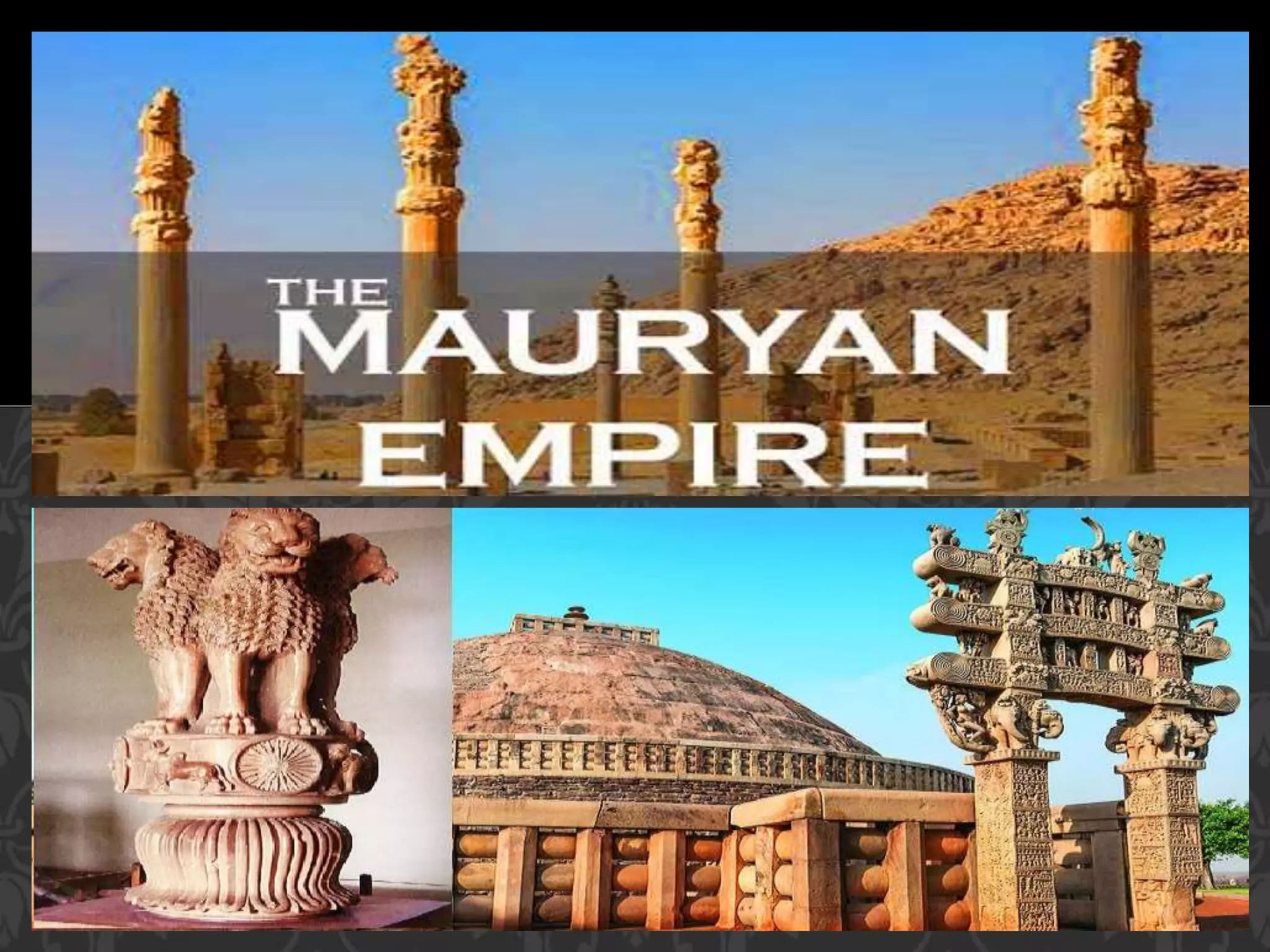Font size:
Print
India to Launch Its First Mission to Venus
Context:
The Union Cabinet recently approved India’s first mission to Venus, scheduled for launch in March 2028.
More on News:
- This marks India’s second interplanetary mission, following the successful Mars Orbiter Mission in 2013.
- With Earth and Venus coming close every 19 months, timing is crucial for a mission.
Why Study Venus?
- Venus, often referred to as Earth’s twin due to its similar mass, density, and size, offers valuable insights into planetary evolution.
- Scientists believe Venus once had water, making its transformation into a dry planet a point of interest.
- Key characteristics:
- Extreme Surface Temperature: Average temperature of about 462°C, hotter than Mercury, largely due to a runaway greenhouse effect.
- High Atmospheric Pressure: Approximately 92 times that of Earth, akin to conditions found deep underwater on Earth.
- Carbon Dioxide Dominance: The atmosphere is composed of 96.5% carbon dioxide, with clouds of sulfuric acid.
- Slow Rotation: Venus has a slow rotation period, taking about 243 Earth days for one complete rotation.
India’s Venus Orbiter Mission: Shukrayaan-1:
- Shukrayaan-1 is designed to place a spacecraft in orbit around Venus.
- Developed by the Indian Space Research Organisation (ISRO), follows the successes of the Mars Orbiter Mission and the Chandrayaan lunar missions.
- Launch: Scheduled for March 2028, previously aimed for 2023.
- Travel Duration: Approximately 140 days from Earth to Venus.
- Objectives: To study Venus from orbit, employing scientific instruments both from India and international partners.
- Researchers will examine the planet’s surface, sub-surface, atmosphere, ionosphere, and its interactions with solar activity.
- The spacecraft will carry approximately 100 kg of scientific payloads.
- Aero-Braking: This will be the first time India employs aero-braking.
- The satellite will initially enter a highly elliptical orbit around Venus, then gradually reduce its altitude to around 300 x 300 km or 200 x 600 km through repeated skimming of the atmosphere, which will take about six months.
- Scientific Payloads: The mission will carry at least 17 Indian experiments and seven international ones. Notable Indian payloads include:
- Synthetic Aperture Radar: For surface imaging.
- Thermal Camera: To study thermal characteristics.
- Dust Particle Study: To analyse interplanetary dust flows.
- High-Energy Particle Experiment: To investigate ionisation in the Venusian atmosphere.
- Atmospheric Composition Study: To examine the structure and variability of Venus’s atmosphere.
Global Interest:
- Venus has been a target for numerous past missions by the US, USSR, Japan, and the European Space Agency. Upcoming missions include:
- DaVinci: Planned by the US for 2029.
- Veritas: Also by the US, scheduled for 2031.
- EnVision: Planned by the European Space Agency for 2030.
- Venera-D mission: Planned by Russia (under development).
- The discovery of phosphine gas in Venus’s atmosphere in 2020 sparked renewed speculation about the possibility of microbial life, making Venus a compelling target for future exploration.



